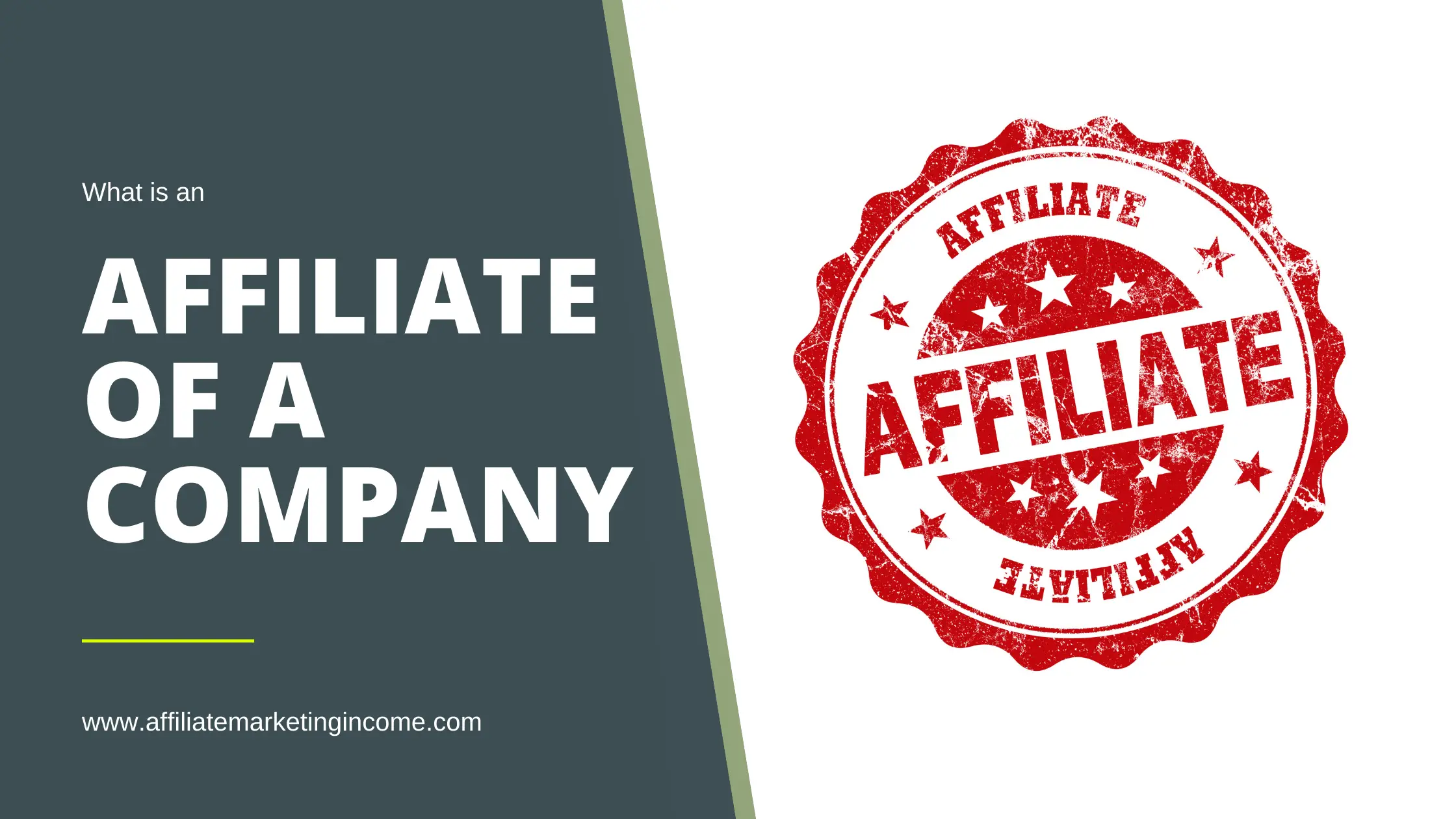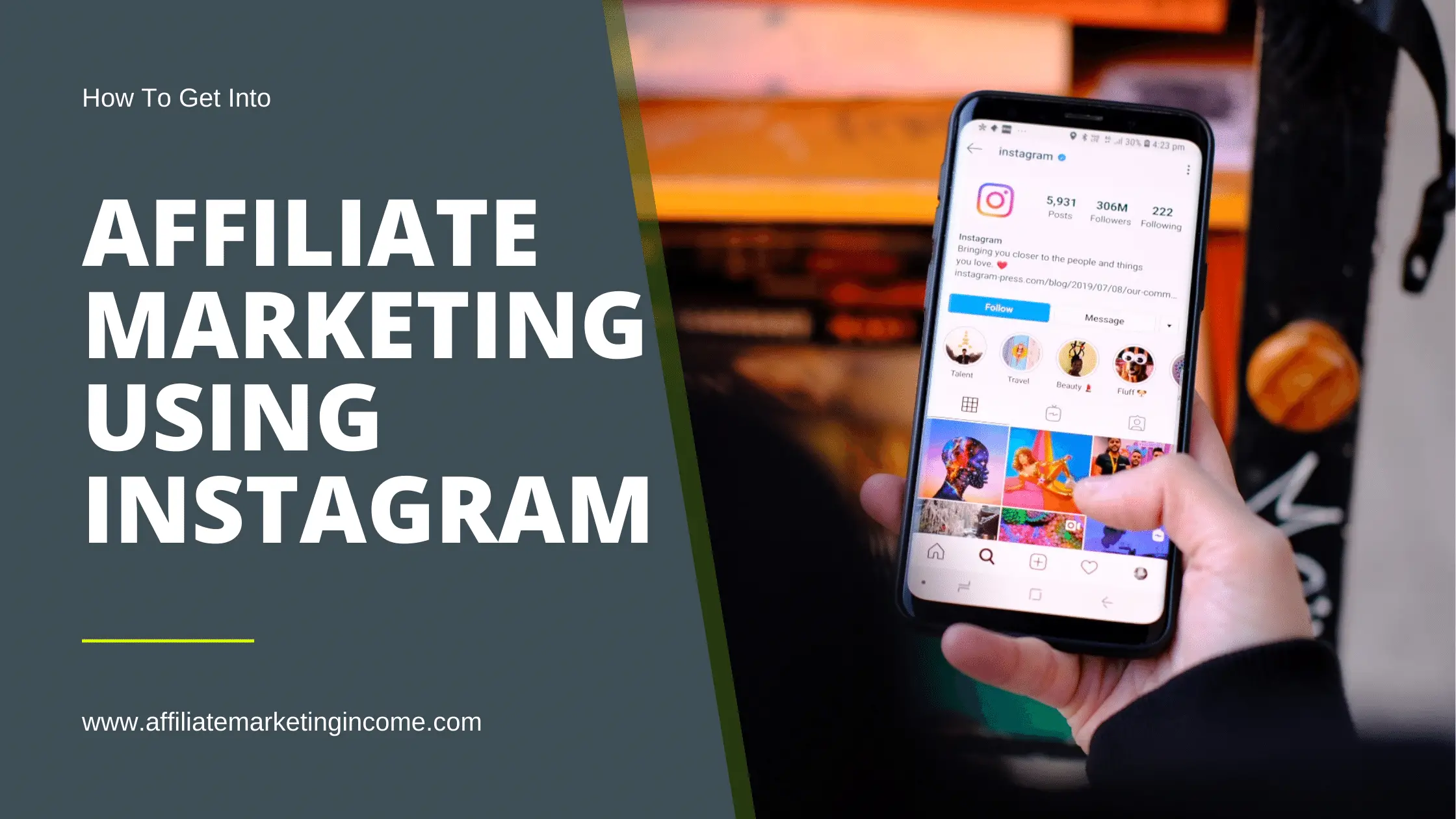With the evolution of the Internet, new marketing formats appear with the aim of expanding the forms and channels to attract the attention of the consumer. This is where Affiliate Marketing emerges as an interesting alternative for those who want to work with Internet sales.
In addition, it can also be a great tool for Producers of goods or services who want to increase the promotion of their products or services online.
If you are not yet familiar with the term “Affiliate Marketing” or want to know what you are losing by not adopting this strategy, keep an eye on this post!
Learn more via Our Affiliate Marketing Academy.
What is Affiliate Marketing?
Affiliate Marketing works as follows: the Affiliate promotes the product of an entrepreneur/company in exchange for a commission for each sale or action taken.
For people who had persuasive skills, this was an opportunity to earn money working at home.
As you can see, it is a commercial relationship in which everyone wins:
1. Affiliates of a company
They are the ones who manage to monetize their websites, blogs and social networks, through the sale of third-party products, without having to have a great idea or the work of creating a product.
2. The Producers
They are characterized by creating digital products and winning in various distribution channels and thus manage to impact more customers and, consequently, make more sales.
3. Customers
They are basically the end users and those who research and compare products and then make a more effective purchase decision.
Types of promotion for Affiliate Marketing
There are various formats for Affiliate programs. It is the responsibility of the producer to decide which one is the most suitable for his product and for his business objectives.
Despite having similarities between each other, Affiliate marketing oriented towards lead generation is different from that focused on conversion, although both aim at the Financial Return. Below, we explain each of the different Affiliate Programs.
1. Cost per Click (CPC)
In this type of program, the Affiliate is paid per click, that is, they earn every time someone clicks on the banner, pop-up, or any advertisement that is displayed on their blog, site or social networks. In that case, the Affiliate’s remuneration will depend directly on the performance of the advertiser’s campaign.
2. Cost per Action (CPA)
In the case of cost per action, the Affiliate is only paid if the users click on the ad and perform some action on the landing page of the ad, which can be registering, requesting a quote or making a purchase.
In these cases, it is not enough to publish the advertisement, the Affiliate will have to use his influence to show the benefits of the product and convince people that this offer is reliable.
3. Cost per Thousand Impressions (CPM)
In the Cost Per Thousand Impressions (CPM) format, the advertiser pays a fixed amount to the Affiliate when the advertising banner reaches a thousand views. It is important to note that the number of impressions is equivalent to the number of page views of the blog, based on the assumption that whoever browses a page is already being impacted by the advertising that is there.
Therefore, the CPM is interesting for the Affiliate who has many hits, as he will be paid on a recurring basis, regardless of the number of visitors who click on the banner.
4. Cost per Sale (CPV)
In this model, the Affiliate only receives the commission when the link shared by him generates sales and is the best option for the Small Producer.
Therefore, if you intend to become an Affiliate, but you are afraid of being harmed in some way, you can rest easy about that.
Channels that can be used to promote a product
To be a successful Affiliate it is not necessary that you have an exclusive channel for it, although it is highly recommended that you have it if you want to reach your consumers wherever they are. Here are some channels that can be used for the dissemination and sale of products.
1. Website or blog
The main advantage of having a blog/website is the editorial freedom that the Affiliate has to write, as well as the number of options that they can use to put the page in the face of their audience, unlike social networks, which have a fixed layout and even character limitation.
Having a blog is also useful for someone who does a lot of product reviews, as it allows you to use visual and written arguments to persuade your readers and reinforce your authority on that topic.
2. Google Ads
Google Ads is one of the most important channels in digital media, it is also one of the most effective channels when you need to sell.
Through Google Ads, the affiliate will be able to reach their target audience through relevant ads at the right time and place.
However, Google Ads not only helps in direct sales, but also helps a lot in traffic generation and even in brand recognition goals through the extensive display network that it has, which complements the search network that is used. responsible for showing ads to interested parties who searched for that term.
3. Google Shopping
Another channel to promote a digital product is through Google Shopping, which is basically a virtual showcase where numerous products from various registered stores are displayed. Something like an online shopping center but in the search engine.
As it is integrated with Google, it helps users to search for and locate the products that are most convenient for them, aided by its artificial intelligence and its continuous learning, Google recommends the best alternatives for users.
4. Social networks
Social networks are the most used channels to publicize products and services, and they can bring significant results in sales, as long as they are used in the right way.
5. Marketplace
Marketplaces are virtual platforms that rent space within their domain for interested advertisers to register and sell their products.
In many cases, companies that do not have a website are the ones who use this type of channel because sometimes they are more effective and even cheaper than creating your own website.
6. Email marketing
The Affiliate who has a strong email base has the opportunity to build a long-term relationship with their leads, deliver quality content to those people, and even convince them to make a purchase.
It is a simple and at the same time effective strategy, as it shows the people who accompany you that you are not interested only in making the sale, but in adding value to their purchase journey, deepening the knowledge that these users have about your product. or solution. Take the opportunity to also read our post on email marketing strategy.
What do you need to be an affiliate?
To be an affiliate, it is important to understand that there are some types of Affiliates, and all of them have different characteristics, which is why you must carefully choose which one suits your personality.
In addition to verifying your profile, it is very important that you are disciplined and committed to your goals, this will ensure that you obtain the results you are looking for.
To be part of the Hotmart Affiliate Program you need to meet some requirements:
- Have an identity document.
- Being over 18 years.
- Have a valid email.
- Have an account on the platform.
Step by step to become an affiliate
1. Select a good Affiliate Program
There are several companies that offer Affiliate Programs, whether they are for physical or digital products. You should do a lot of research before choosing yours, to ensure that your work will be well rewarded.
Hotmart, for example, is totally oriented towards the online course market . If you are interested in working online, it is worth taking a look. An advantage of the company is that while the commissions are around 4% to 8% in other Affiliate platforms, the commissions in Hotmart can reach 50%, 60% and even 80%.
Check out these B2B SaaS Affiiliate Programs.
2. Select the right products to promote
The second step to becoming a successful Affiliate is choosing the right products for your audience. Imagine you have a blog about confectionery. Do you think that your avatar (also known as a buyer persona) would like a product about fitness recipes?
It is never too much to repeat: if your reviews do not help solve the problems faced by users, it is practically impossible to generate income.
3. Teach your audience the virtues of your product
If your objective with Affiliate Marketing is to achieve recurring income, you will need to teach your audience the virtues of the product you are selling, so that they can get the most out of the experience. For this you can offer rich materials such as ebooks, negotiate a free trial of the service with the producer, among other actions.
4. Work paid advertising
Paid advertising is a relatively short path to reach your buyer persona while you work on your organic strategy. But it is not enough to invest money in campaigns to convince Internet users to buy the product you are advertising. With the level of demand that consumers have today, ads must be clear about that offer, in addition to having consistent copy and images.




